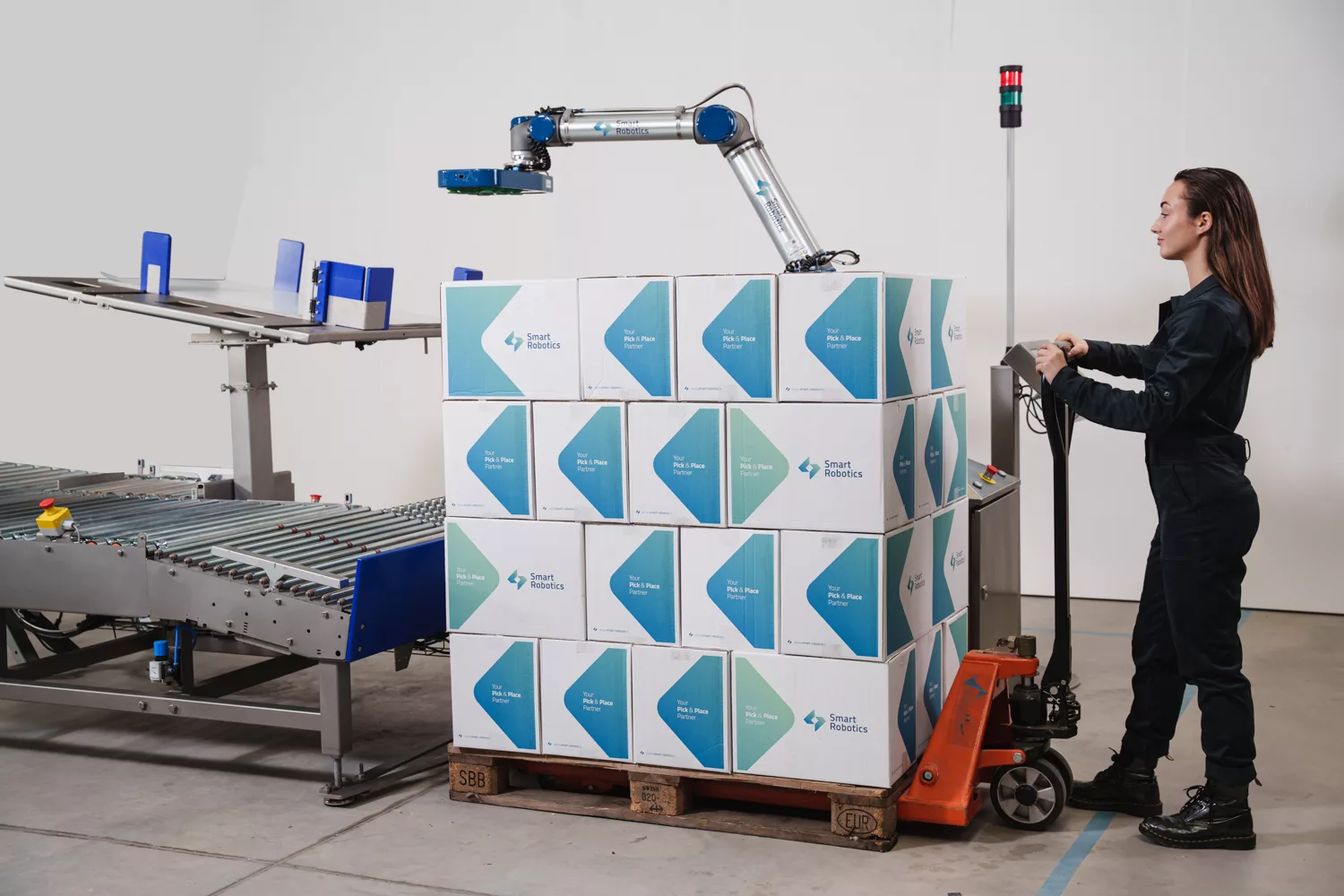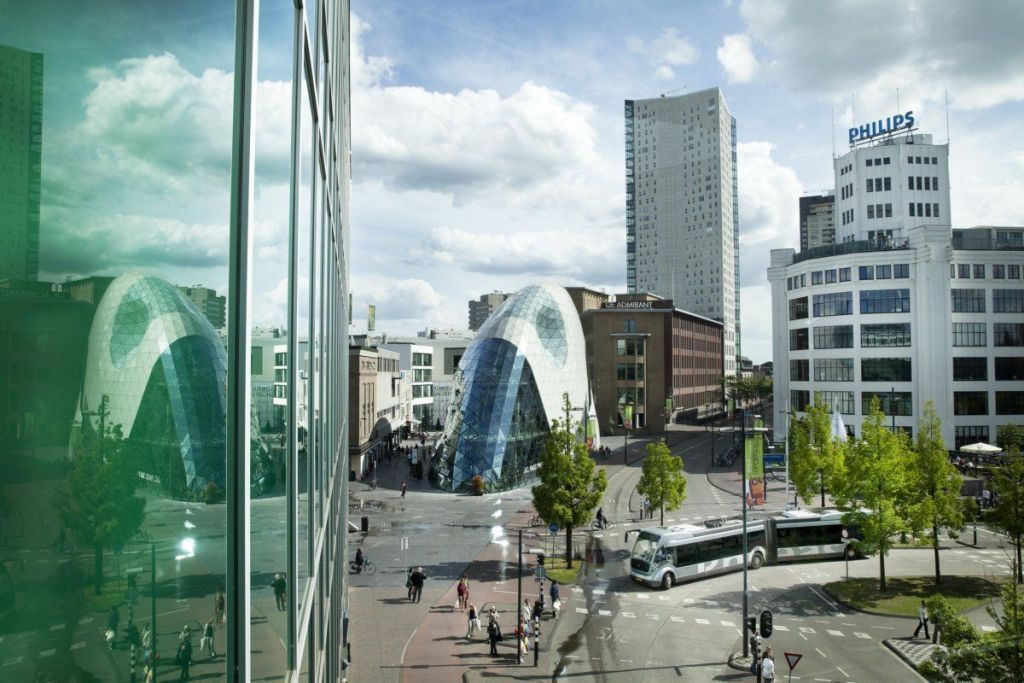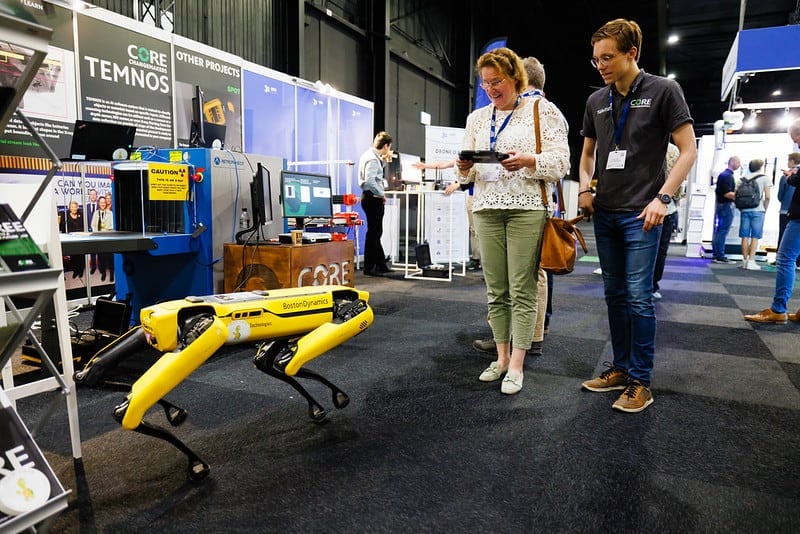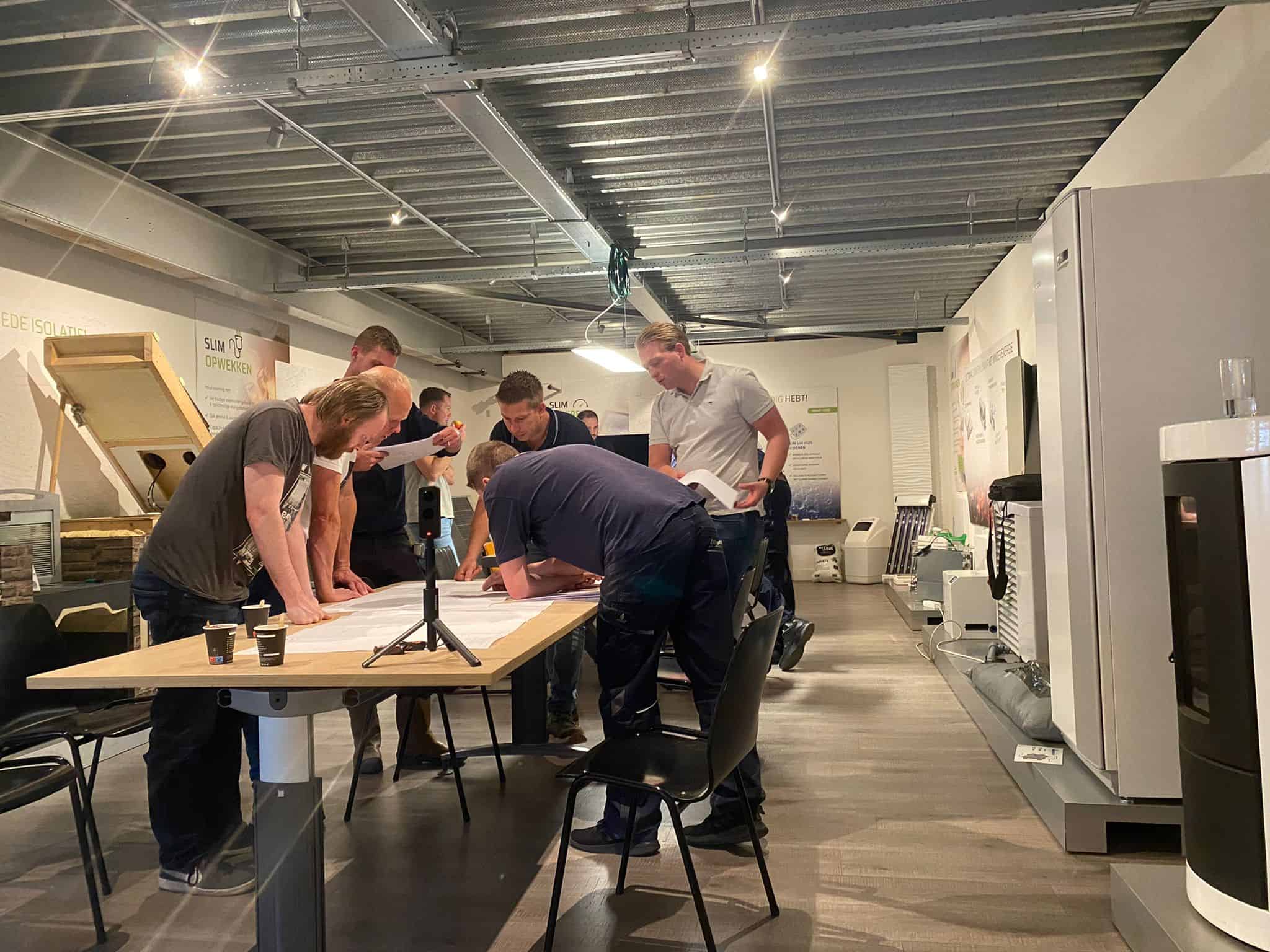
What do you get when you put together a deployer of international flex workers with a global specialist in robotics and warehouse automation? If it’s up to Labour Power Company and Smart Robotics, it’s the ideal collaboration between a human and robotic labor force. A partnership between both companies aims “to provide their clients across the logistics chain with enhanced service solutions and to enable better working conditions for warehouse employees”, according to a press release by the two companies.
Although the Labour Power Company (LPC) takes pride in being “specialized in deploying international flex workers”, it’s exactly these internationals it wants to offer an alternative for. “Where many employment agencies are already recruiting (far) outside Europe, Labour Power Company is also choosing a different path”, the press release says. “Smart cooperation between man and robot is the answer to a range of developments, such as aging, the increasing level of education, and the continuing shortage in the labor market.” It’s with a reason, notes CCO Han van Horen: “If we automate the boring, heavy, and dangerous work at our clients, it helps us to keep our flex workers happy. With high-quality and challenging work, more attention and training opportunities.”
“Robots don’t have to live anywhere. And they don’t have to commute either.”
Han van Horen
Smart Robotics CTO Heico Sandee adds: “We’re excited to enable people to perform to the highest of their ability whilst robots take over repetitive and strenuous work.” Smart Robotics is a 2015 Gerard & Anton Award winner.
Coworkers
In the temporary employment world, robots and flex workers are often seen as competitors. Wrongly, Van Horen says. “We think solution-oriented instead of supply-oriented. Our customers – especially companies in the logistics, food and process industries – cannot do without people, but they cannot do without robots either. The trick is to get humans and robots to work together in a complementary manner.”
No housing
Van Horen adds that it’s not only the company that benefits. “As an employer, also look at the housing issue. Robots don’t have to live anywhere. And they don’t have to commute either. The whole of society benefits from this way of thinking and working.”







